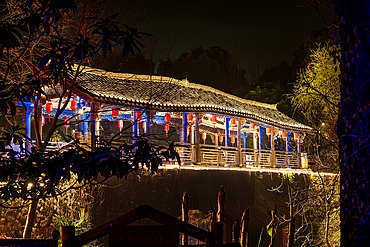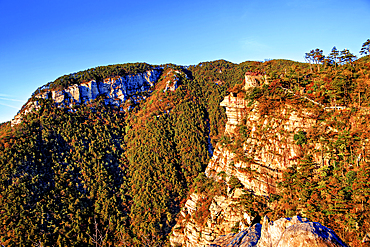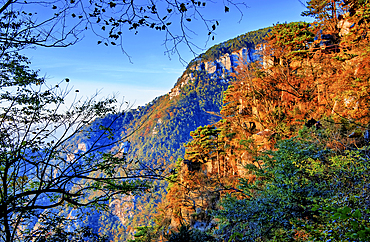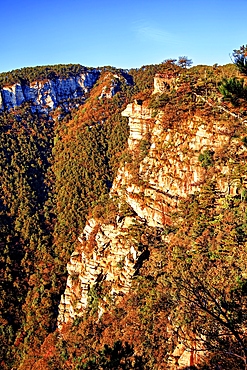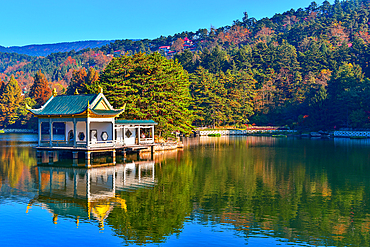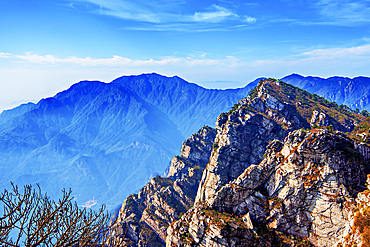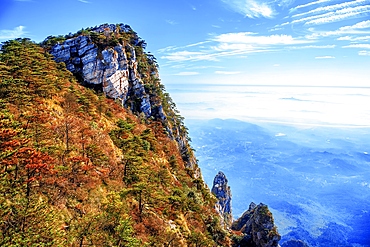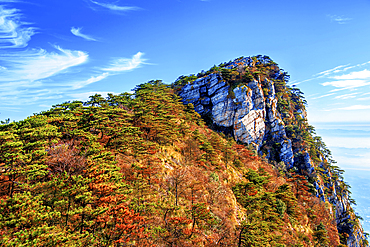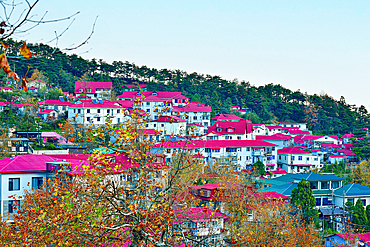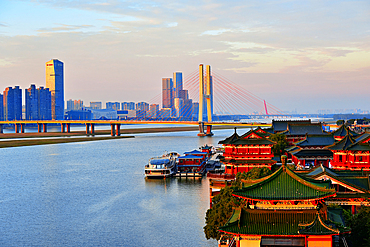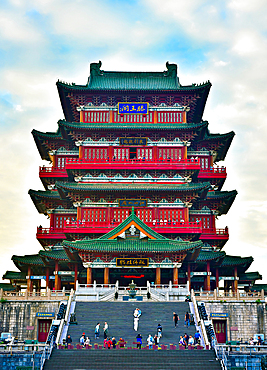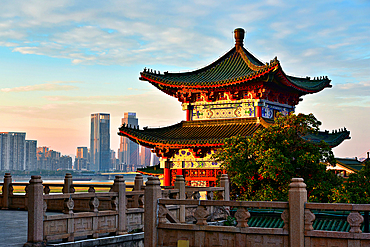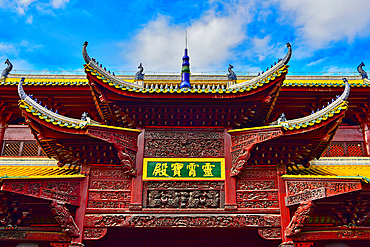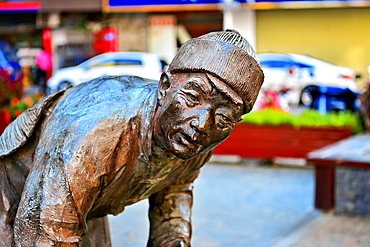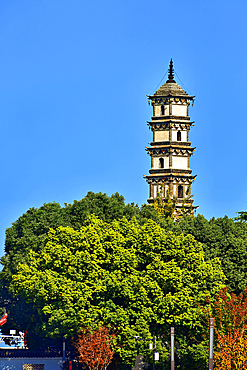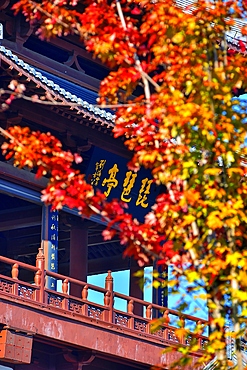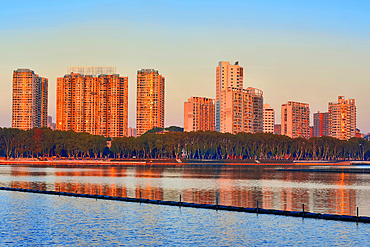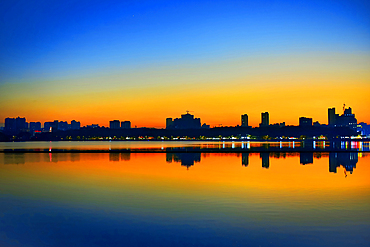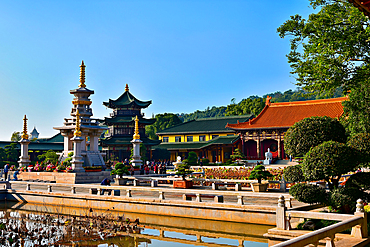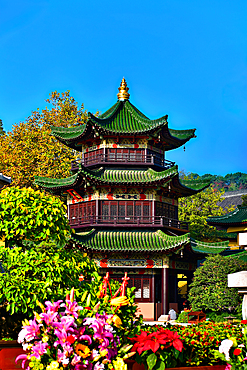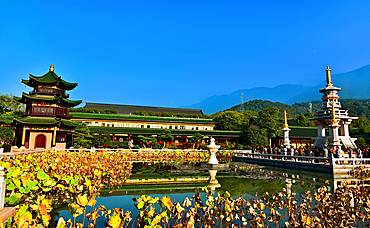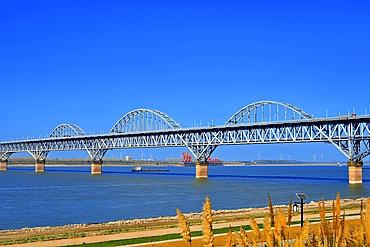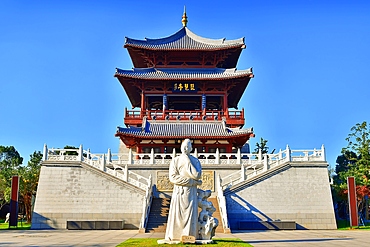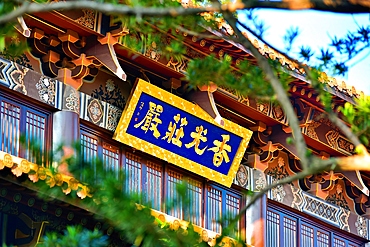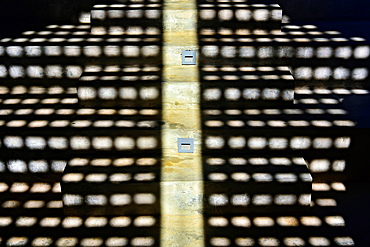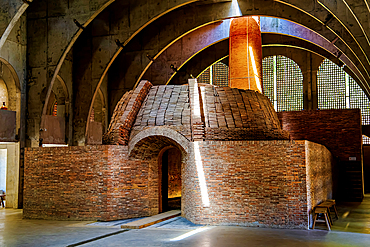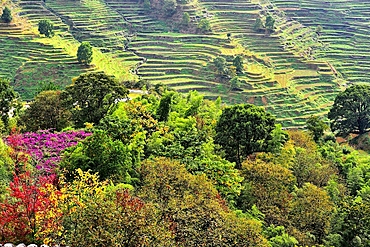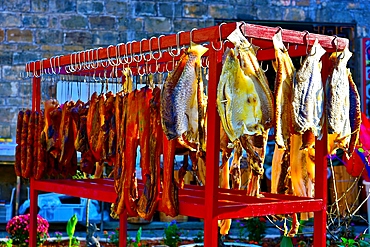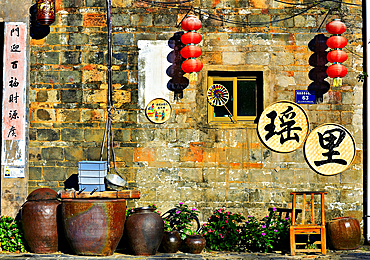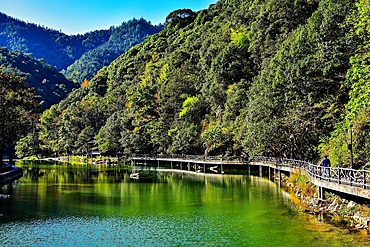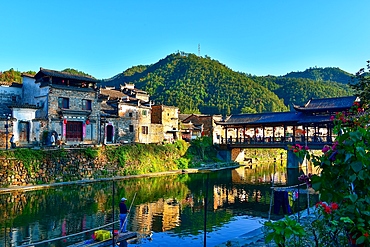Results
1 2 3 Next »
261 results found

A display of vases at the Qing and Ming Ancient Pottery Factory, Jingdezhen city, Jiangxi Province, China, Asia
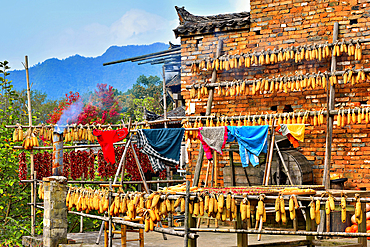
Corn, chillies and laundry drying, Huangling, ancient village dating back to the Ming Dynasty, Wuyuan County, Shangrao City, Jiangxi Province, China

Suspension bridge over terrace farmland in Huangling, Wuyuan County, Shangrao City, Jiangxi Province, China
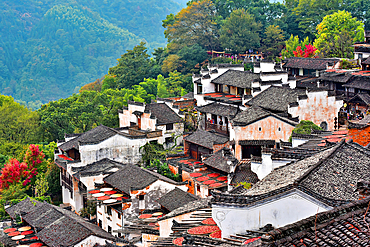
Huangling, ancient village dating back to the Ming Dynasty, Wuyuan County, Shangrao City, Jiangxi Province, China
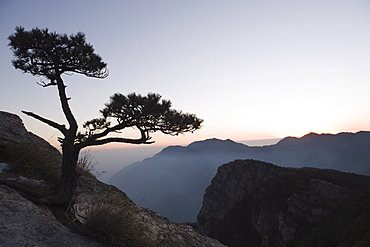
Pine tree silhouetted at dusk on Lushan mountain, UNESCO World Heritage Site, Jiangxi Province, China, Asia
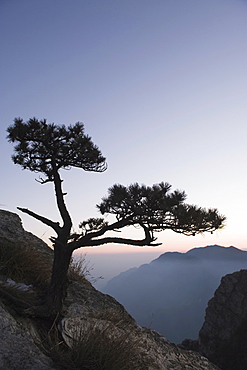
Pine tree silhouetted at dusk on Lushan mountain, UNESCO World Heritage Site, Jiangxi Province, China, Asia
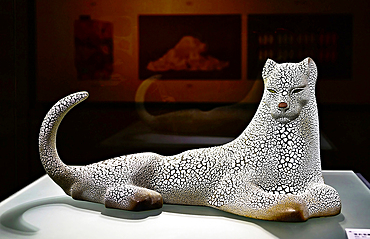
Intricate ceramic sculpture of a leopard in China Ceramic Museum, Jingdezhen, Jiangxi Province, China.
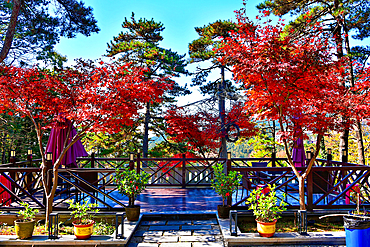
Spectacular autumn colours of the town in Lushan (Mount Lu), Jiujiang City, Jiangxi, China. Lushan is a UNESCO World Heritage site, it is one of China's most famous mountains known for its natural beauty.
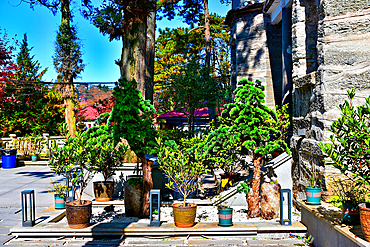
Spectacular autumn colours of the town in Lushan (Mount Lu), Jiujiang City, Jiangxi, China. Lushan is a UNESCO World Heritage site, it is one of China's most famous mountains known for its natural beauty.
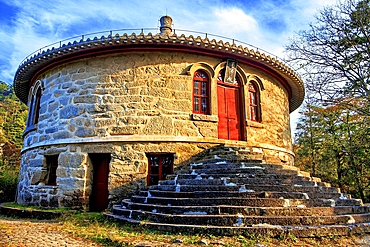
YuanFoDian (Circular Buddha Hall), Lushan (Mount Lu), Jiujiang City, Jiangxi, China. Lushan is a UNESCO World Heritage site, it is one of China's most famous mountains known for its natural beauty.
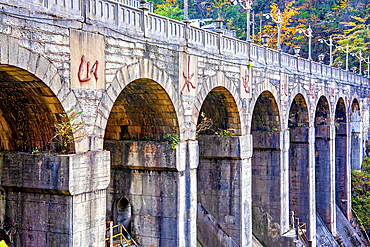
Lushan hydroelectric dam, Lushan (Mount Lu), Jiujiang City, Jiangxi, China. Lushan is a UNESCO World Heritage site, it is one of China's most famous mountains known for its natural beauty.
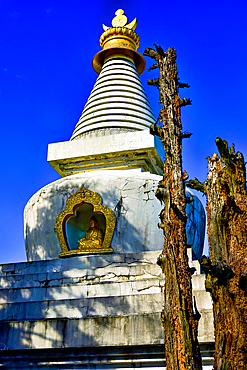
The Nuona Pagoda at the Small Heavenly Pool Temple, a Tibetan Temple in Lushan (Mount Lu), Jiujiang City, Jiangxi, China. Nuona is the living buddha that promoted Tibetan Buddhism in China during the Qing Dynasty. Lushan is a UNESCO World Heritage site.
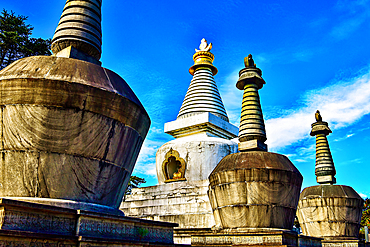
The Nuona Pagoda at the Small Heavenly Pool Temple, a Tibetan Temple in Lushan (Mount Lu), Jiujiang City, Jiangxi, China. Nuona is the living buddha that promoted Tibetan Buddhism in China during the Qing Dynasty. Lushan is a UNESCO World Heritage site.
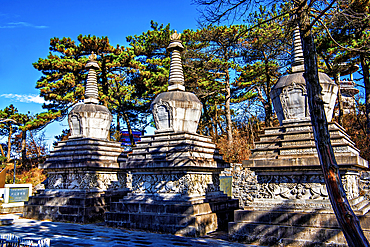
Stone pagodas at Nuona Pagoda Temple, aka Small Heavenly Pool Temple, a Tibetan Temple in Lushan (Mount Lu), Jiujiang City, Jiangxi, China. Lushan is a UNESCO World Heritage site, it is one of China's most famous mountains known for its natural beauty.

Bronze Bell of Nuona Pagoda Temple, aka Small Heavenly Pool Temple, a Tibetan Temple in Lushan (Mount Lu), Jiujiang City, Jiangxi, China. Lushan is a UNESCO World Heritage site, it is one of China's most famous mountains known for its natural beauty.
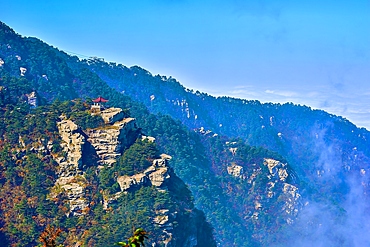
Wangjiang Pavilion from afar in Lushan (Mount Lu), Jiujiang City, Jiangxi, China. Lushan is a UNESCO World Heritage site, it is one of China's most famous mountains known for its natural beauty.
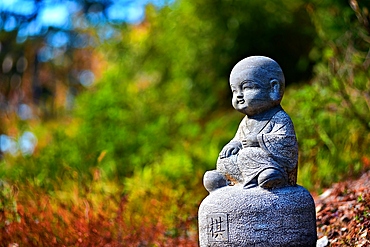
Adorable stone sculpture of a child monk in Nuona Pagoda Temple, aka Small Heavenly Pool Temple, a Tibetan Temple in Lushan (Mount Lu), Jiujiang City, Jiangxi, China. Lushan is a UNESCO World Heritage site known for its natural beauty.
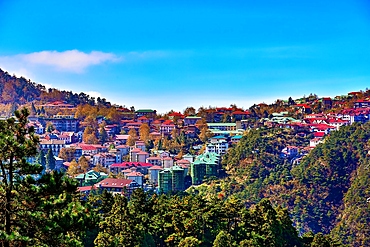
View of the town in Lushan (Mount Lu), Jiujiang City, Jiangxi, China. Lushan is a UNESCO World Heritage site, it is one of China's most famous mountains known for its natural beauty.
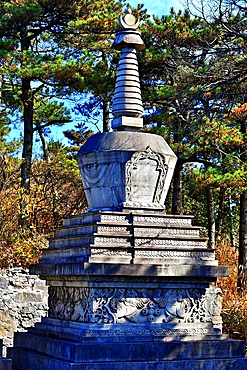
A stone pagoda at Nuona Pagoda Temple, aka Small Heavenly Pool Temple, a Tibetan Temple in Lushan (Mount Lu), Jiujiang City, Jiangxi, China. Lushan is a UNESCO World Heritage site, it is one of China's most famous mountains known for its natural beauty.

Lulin Lake in Lushan (Mount Lu), Jiujiang City, Jiangxi, China. Lushan is a UNESCO World Heritage site, it is one of China's most famous mountains known for its natural beauty.

Lulin Lake in Lushan (Mount Lu), Jiujiang City, Jiangxi, China. Lushan is a UNESCO World Heritage site, it is one of China's most famous mountains known for its natural beauty.

Lushan (Mount Lu), Jiujiang City, Jiangxi, China. Lushan is a UNESCO World Heritage site, it is one of China's most famous mountains known for its natural beauty.
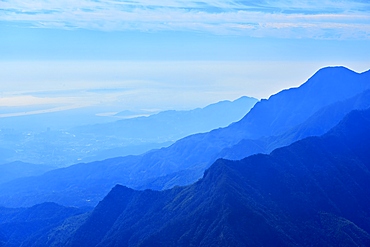
Spectacular view of misty mountains from Hanpo Pass at Lushan (Mount Lu), Jiujiang City, Jiangxi, China. Lushan is a UNESCO World Heritage site, it is one of China's most famous mountains known for its natural beauty.

Dakou Waterfall, Lushan (Mount Lu), Jiujiang City, Jiangxi, China. Lushan is a UNESCO World Heritage site, it is one of China's most famous mountains known for its natural beauty.
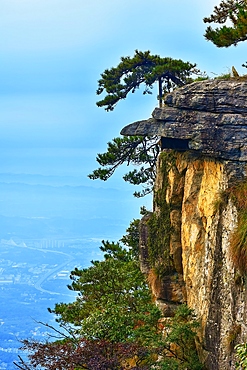
Dragon Head Cliff, Lushan (Mount Lu), Jiujiang City, Jiangxi, China. Lushan is a UNESCO World Heritage site, it is one of China's most famous mountains known for its natural beauty.
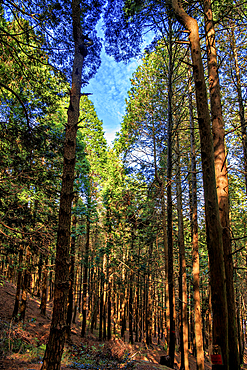
Hanpokou Pine Forest, Lushan (Mount Lu), Jiujiang City, Jiangxi, China. Lushan is a UNESCO World Heritage site, it is one of China's most famous mountains known for its natural beauty.
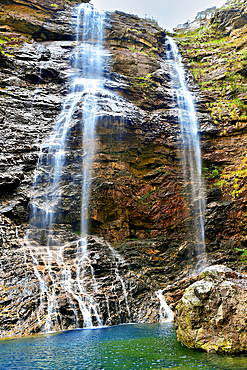
Three tiered waterfall (SanDieQuan) in Lushan (Mount Lu), Jiujiang City, Jiangxi, China. Lushan is a UNESCO World Heritage site, it is one of China's most famous mountains known for its natural beauty.
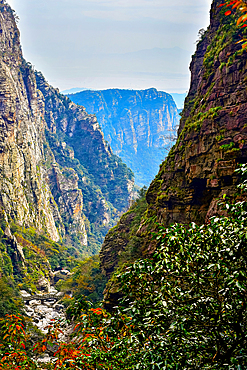
Lushan (Mount Lu), Jiujiang City, Jiangxi, China. Lushan is a UNESCO World Heritage site, it is one of China's most famous mountains known for its natural beauty.
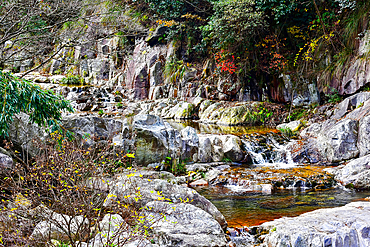
Picturesque creek in Lushan (Mount Lu), Jiujiang City, Jiangxi, China. Lushan is a UNESCO World Heritage site, it is one of China's most famous mountains known for its natural beauty.
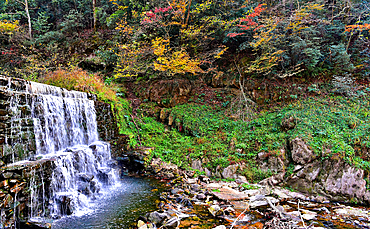
Lushan (Mount Lu), Jiujiang City, Jiangxi, China. Lushan is a UNESCO World Heritage site, it is one of China's most famous mountains known for its natural beauty.

Lushan (Mount Lu), Jiujiang City, Jiangxi, China. Lushan is a UNESCO World Heritage site, it is one of China's most famous mountains known for its natural beauty.

Lulin Lake in Lushan (Mount Lu), Jiujiang City, Jiangxi, China. Lushan is a UNESCO World Heritage site, it is one of China's most famous mountains known for its natural beauty.
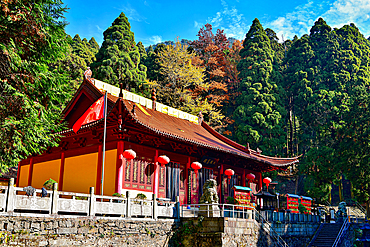
Huanglong Temple in Lushan (Mount Lu), Jiujiang City, Jiangxi, China. Lushan is a UNESCO World Heritage site, it is one of China's most famous mountains known for its natural beauty.

Lulin Lake in Lushan (Mount Lu), Jiujiang City, Jiangxi, China. Lushan is a UNESCO World Heritage site, it is one of China's most famous mountains known for its natural beauty.
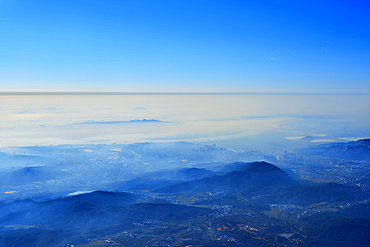
View of mist covered landscape from Wulao Feng (Five-Old-Man Peak) at Lushan (Mount Lu), UNESCO, Jiujiang City, Jiangxi, China

Mist covered landscape from Wulao Feng (Five-Old-Man Peak) at Lushan (Mount Lu), UNESCO, Jiujiang City, Jiangxi, China
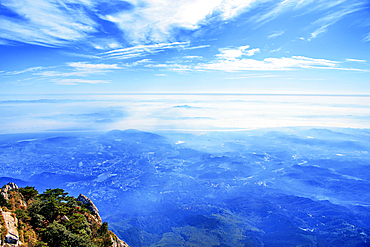
Mist covered landscape from Wulao Feng (Five-Old-Man Peak) at Lushan (Mount Lu), UNESCO, Jiujiang City, Jiangxi, China

Pavilion at the first peak in Wulao Feng (Five-Old-Man Peak) in Lushan (Mount Lu), UNESCO, Jiujiang City, Jiangxi, China
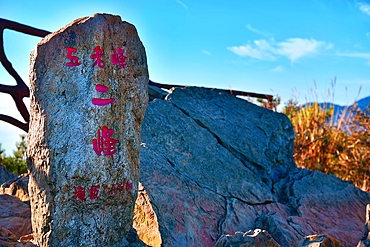
Stone marker at Wulao Feng (Five-Old-Man Peak) in Lushan (Mount Lu), UNESCO, Jiujiang City, Jiangxi, China
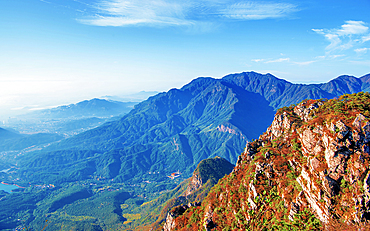
View from Wulao Feng (Five-Old-Man Peak) in Lushan (Mount Lu), UNESCO, Jiujiang City, Jiangxi, China
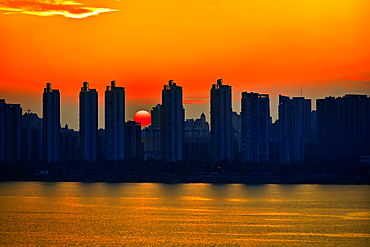
Sunset view of Nanchang City and Ganjiang River from the Pavilion of Prince Teng, Nanchang, Jiangxi Province, China

Statue of XuXun, the founding Taoist priest of Wanshou Temple from the Jin Dynasty at Wanshou Temple, Nanchang, Jiangxi Province, China
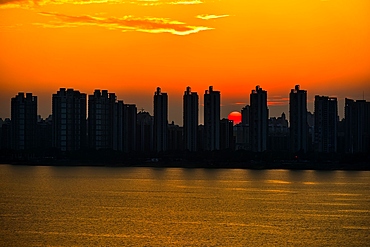
Sunset view of Nanchang City and Ganjiang River from the Pavilion of Prince Teng, Nanchang, Jiangxi Province, China
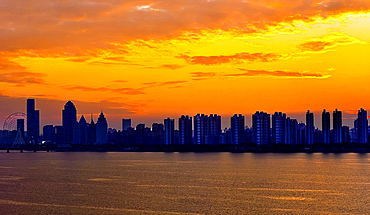
Sunset view of Nanchang City and Ganjiang River from the Pavilion of Prince Teng, Nanchang, Jiangxi Province, China
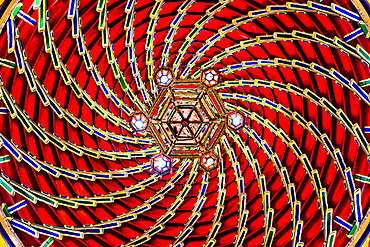
Stunning inner ceiling of the roof of the Pavilion of Prince Teng, Nanchang, Jiangxi Province, China

Night view of Nanchang City and Bayi Bridge over the Ganjiang River, Nanchang, Jiangxi Province, China
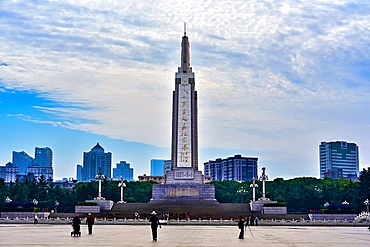
Bayi Square, the second largest square in China after Tiananmen Square, Nanchang, Jiangxi Province, China

Yangtze River with the Jiujiang Changjiang First Bridge in the background, Jiujiang City, Jiangxi Province, China

Yangtze River with the River Locking Tower Pagoda (Suojiang Pagoda), Jiujiang City, Jiangxi Province, China

Train running through the Jiujiang Changjiang First Bridge over the Yangtze River, Jiujiang City, Jiangxi Province, China
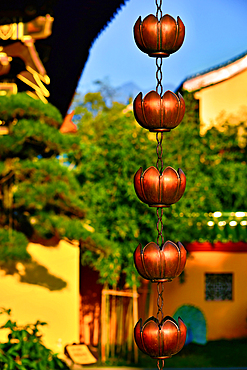
Bronze lotus, a symbol of the monastery, hanging from the roofs of Dongling Monastery, Jiujiang City, Jiangxi Province, China

A performer wielding a fire staff surrounding himself with a ball of fire at WuNvZhou Resort, Wuyuan County, Shangrao, Jiangxi Province, China
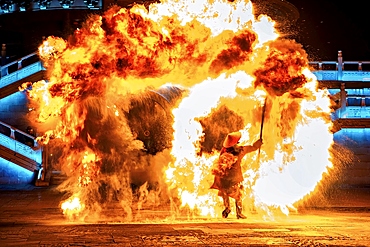
A performer wielding a fire staff surrounding himself with a ball of fire at WuNvZhou Resort, Wuyuan County, Shangrao, Jiangxi Province, China
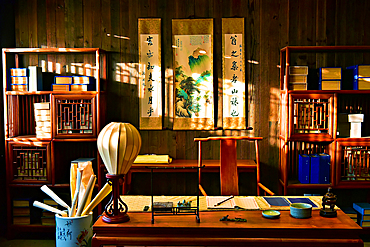
A traditional Chinese study room in WuNvZhou Resort, Wuyuan County, Shangrao, Jiangxi Province, China
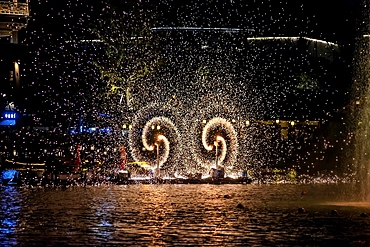
Molten iron being spun to form spectacular sparks. WuNvZhou Resort, Wuyuan County, Shangrao, Jiangxi Province, China
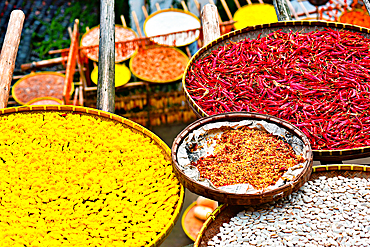
Chillies and chrysanthemum being sun dried in autumn, Huangling, Wuyuan County, Shangrao City, Jiangxi Province, China
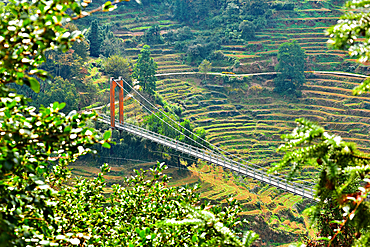
Suspension bridge over terrace farmland in Huangling, Wuyuan County, Shangrao City, Jiangxi Province, China
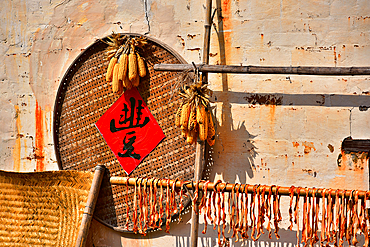
Pumpkin and corn being sun dried, Huangling, ancient village dating back to the Ming Dynasty, Wuyuan County, Shangrao City, Jiangxi Province, China

Pumpkin strips and produce sun dried in autumn, Huangling, village dating to Ming Dynasty, Wuyuan County, Shangrao City, Jiangxi Province, China
